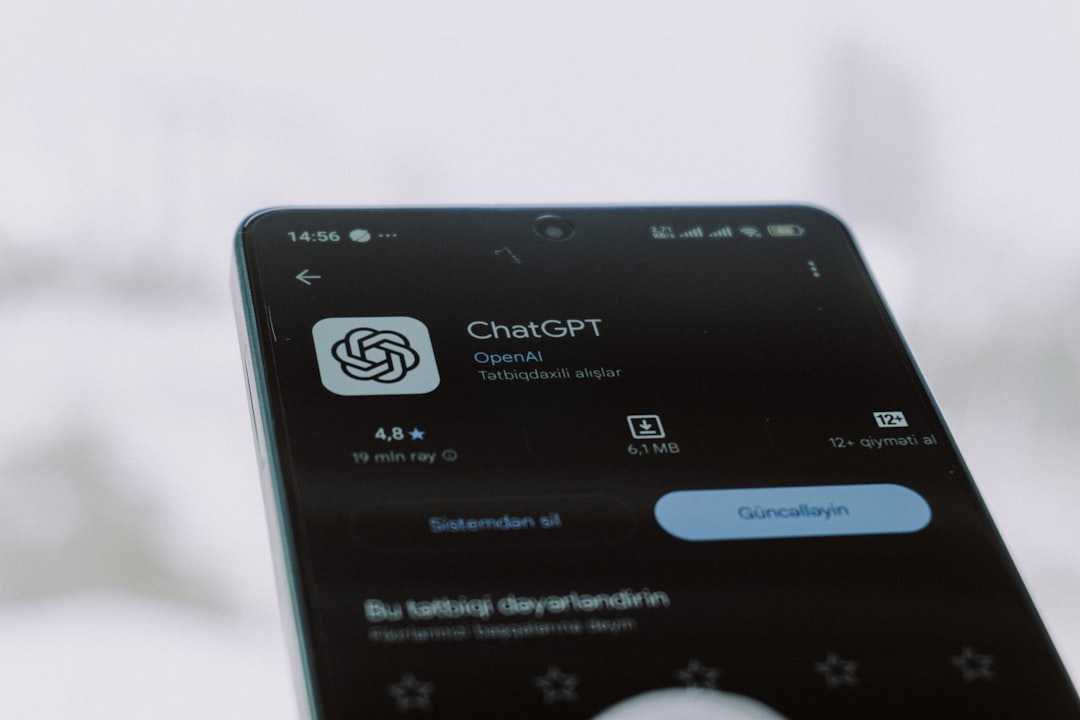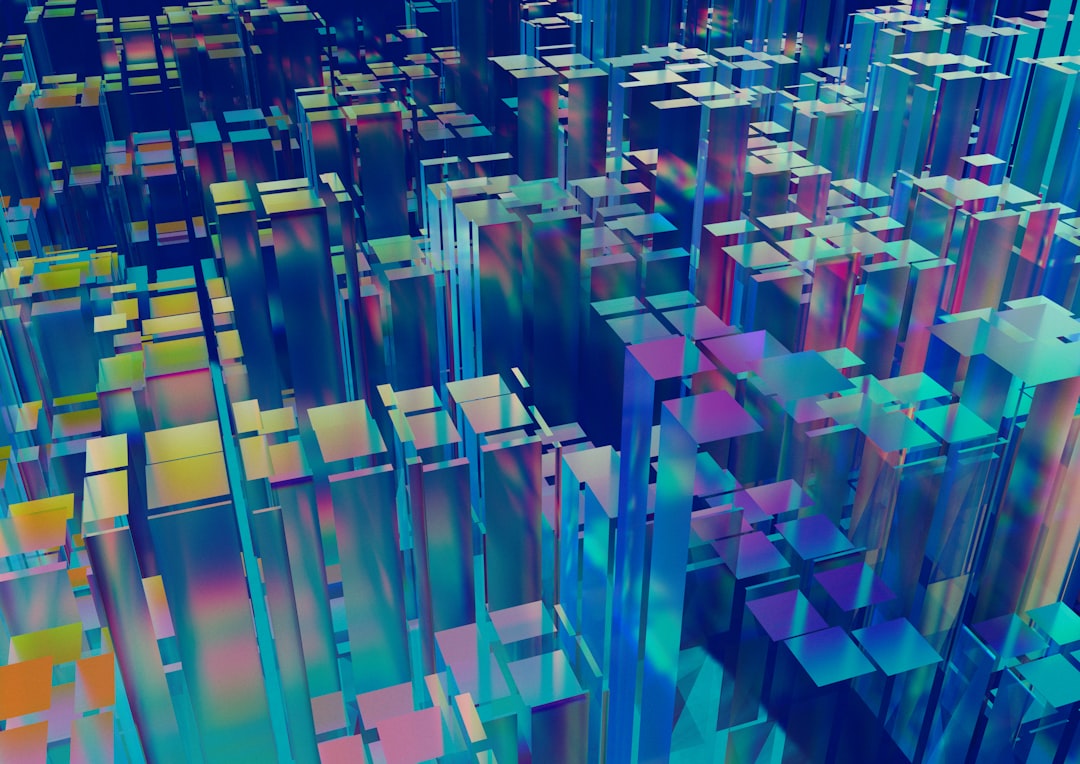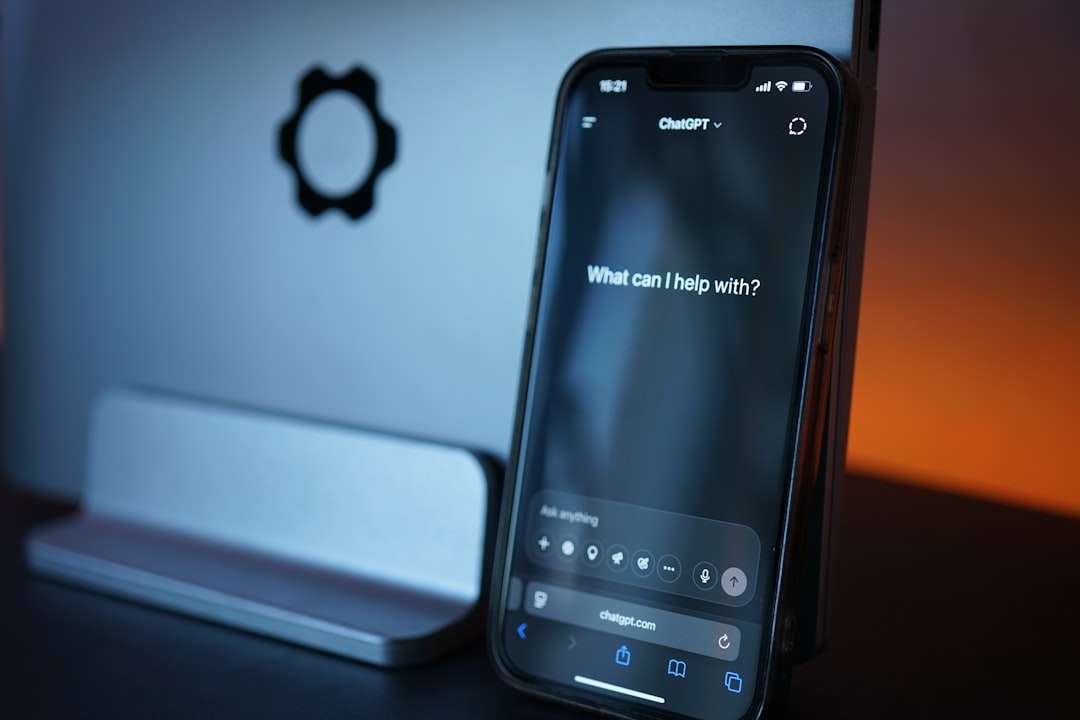NextGenBeing Founder

Listen to Article
Loading...Introduction to Orbital Debris Tracking
Last quarter, our team discovered that tracking orbital debris was crucial for satellite safety. We tried using Python 3.12, Pandas 2.0, and Scipy 1.10 to implement both Kalman Filter and UKF algorithms. Here's what we learned.
The Problem of Orbital Debris
Orbital debris poses a significant threat to operational spacecraft. With thousands of pieces of debris in Earth's orbit, the risk of collision is high. To mitigate this risk, accurate tracking of debris is essential.
Kalman Filter Implementation
We first implemented a Kalman Filter using Scipy 1.10. The Kalman Filter is a mathematical method for estimating the state of a system from noisy measurements. It's widely used in navigation and control systems.
import numpy as np
from scipy.linalg import inv
# Define the state transition matrix
A = np.array([[1, 1], [0, 1]])
# Define the measurement matrix
H = np.
Unlock Premium Content
You've read 30% of this article
What's in the full article
- Complete step-by-step implementation guide
- Working code examples you can copy-paste
- Advanced techniques and pro tips
- Common mistakes to avoid
- Real-world examples and metrics
Don't have an account? Start your free trial
Join 10,000+ developers who love our premium content
Never Miss an Article
Get our best content delivered to your inbox weekly. No spam, unsubscribe anytime.
Comments (0)
Please log in to leave a comment.
Log InRelated Articles

Deploying and Managing Cloud-Native Applications with HashiCorp Nomad 1.6 and Consul 1.15
Oct 27, 2025

Building an Event-Driven Architecture with Pulsar, Apache Flink, and Java 21: A Deep Dive into Real-Time Data Processing
Nov 6, 2025

Building Scalable Web Applications with WebAssembly and Haskell: A Practical Introduction to GHCJS 9.4 and WebKitGTK 4.12
Oct 27, 2025
🔥 Trending Now
Trending Now
The most viewed posts this week
📚 More Like This
Related Articles
Explore related content in the same category and topics

Diffusion Models vs Generative Adversarial Networks: A Comparative Analysis

Implementing Zero Trust Architecture with OAuth 2.1 and OpenID Connect 1.1: A Practical Guide

Implementing Authentication, Authorization, and Validation in Laravel 9 APIs


